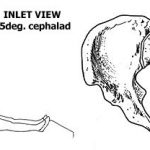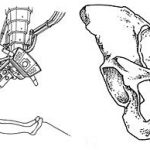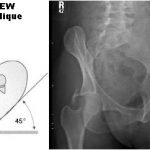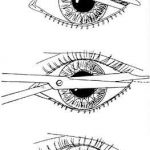Deep vein thrombosis (DVT) is a potential problem for all trauma patients, primarily due to the small but real possibility of a resultant pulmonary embolism (PE). Many trauma programs have protocolized their evaluation and management of DVT, but this usually only involves clot in the lower extremities and pelvis. Unfortunately, up to 10% of DVT occurs in the upper extremities, and they are not usually addressed in the same fashion as lower extremity clot.
The American College of Chest Physicians has issued a number of recommendations for managing upper extremity DVT. This includes the use of anticoagulants in a similar manner as for lower extremities. These recommendations have varying literature support behind them, and it is not clear how well they apply to trauma patients.
Cedars Sinai Medical Center in Los Angeles has just published a paper that prospectively looks at the problem of upper extremity DVT in critically ill trauma and surgery patients. They used an existing protocol to screen and treat lower extremity DVT, but had no such algorithm for the upper extremity. A total of 1269 patients were treated in 2.5 years, and 862 patients were screened for DVT at least once.
They found 316 DVTs in 198 patients (115 lower extremity, 201 upper extremity). A total of 77 patients with upper extremity DVT met inclusion criteria by have at least one followup duplex ultrasound. Since no protocol existed, management was at the discretion of the individual attending physician. Important findings regarding upper extremity DVT were:
- Most were nonocclusive (72%) and occurred in the internal jugular vein (52%)
- The average diagnosis was made on hospital day 19
- 64% were associated with a central venous catheter, usually double or triple lumen. Removal of the catheter was predictive of improvement by the next duplex exam.
- Pulmonary embolism occurred in 2.6%
- Two thirds were treated with prophylactic or therapeutic anticoagulation
- Anticoagulation did not lead to significant resolution by the final duplex exam
Bottom line: Trauma centers should develop a protocol for screening and treating upper extremity DVT. Anticoagulation may not be necessary, and specific criterial should be developed for its use. The patency and necessity for any central venous catheter associated with upper extremity DVT should be assessed, and preference given to moving or removing it.
Reference: The natural history of upper extremity deep venous thromboses in critically ill surgical and trauma patients: what is the role of anticoagulation? J Trauma 71(2):316-322, 2011.
Related posts:





